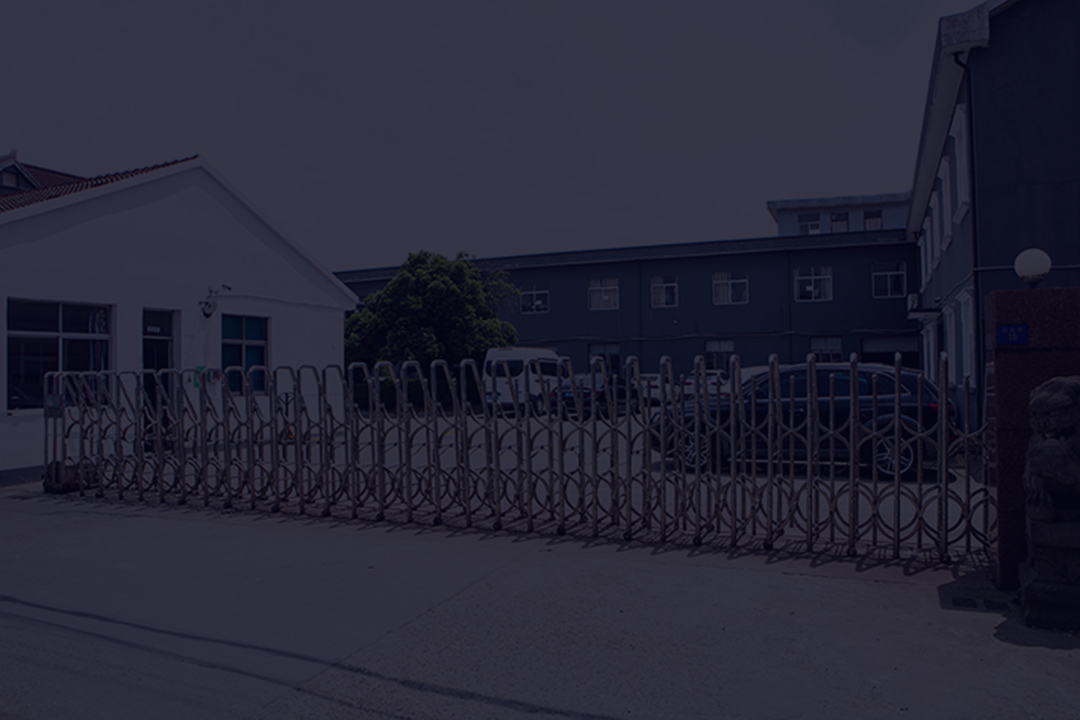

1. The electricity meter housing is not just a simple enclosure but a comprehensive component integrating multiple functions. Functionally, its primary task is protection. It should possess characteristics such as dustproof, waterproof, and corrosion-resistant to ensure that the precision electronic components inside the electricity meter, such as circuit boards, current transformers, and displays, are protected from the harsh external environment. In the humid and rainy southern regions, if the waterproof performance of the electricity meter housing is poor, water vapor infiltration can cause circuit short - circuits, rendering the electricity meter inoperable. In areas with a large amount of industrial dust, an electricity meter housing with weak dust - proof capabilities will allow dust to accumulate inside, affecting component heat dissipation and operating accuracy.
2. In terms of material selection, electricity meter housings usually use materials such as engineering plastics and metal alloys. Engineering plastics such as polycarbonate (PC) and acrylonitrile - butadiene - styrene copolymer (ABS) have good insulation, impact resistance, and chemical corrosion resistance. They are lightweight, low - cost, and easy to process and mold. Metal alloy materials such as aluminum alloy and stainless steel have higher strength and heat dissipation performance and are suitable for special environments with extremely high protection level requirements. In addition, the design of the electricity meter housing needs to balance aesthetics and practicality. Its appearance should conform to public aesthetics, and at the same time, reasonable interfaces and spaces should be reserved for easy installation, maintenance, and data reading.
3. Ultrasonic welding can also improve the appearance quality of the electricity meter housing. During the welding process, the heat - affected area is small, which will not cause material deformation or discoloration. The welded surface is flat and smooth, eliminating the need for subsequent processing procedures such as grinding and polishing, making the appearance of the electricity meter housing more beautiful and enhancing the market competitiveness of the product.
After a certain electricity meter manufacturing enterprise introduced ultrasonic welding technology, the actual production results were remarkable. During the three - month production test, a total of 100,000 electricity meter housings were produced. The welding defect rate dropped sharply from 3% during hot - plate welding to less than 0.5%. All products passed the IP67 waterproof grade test, and no abnormalities occurred in the welded parts during the vibration test. The monthly output increased from 20,000 to 30,000, significantly improving economic efficiency.